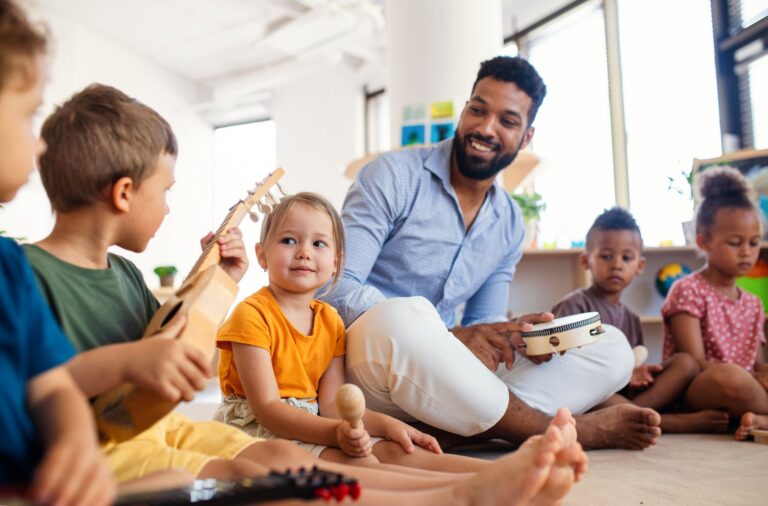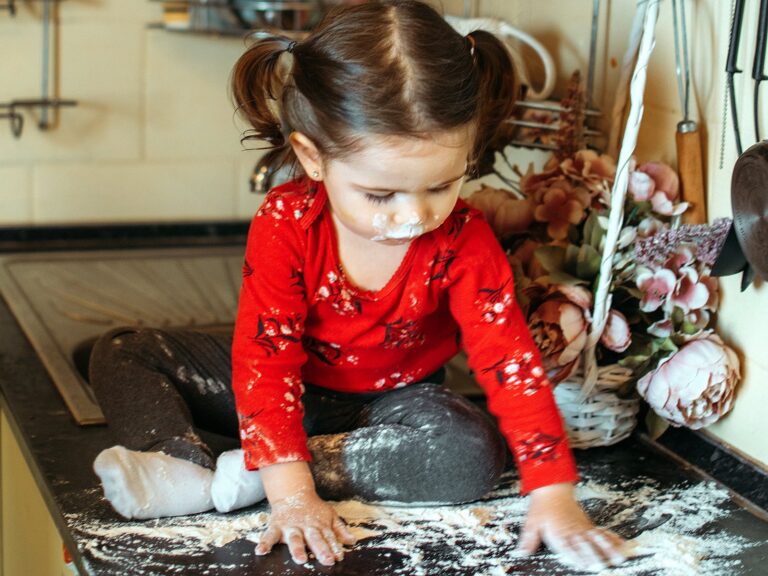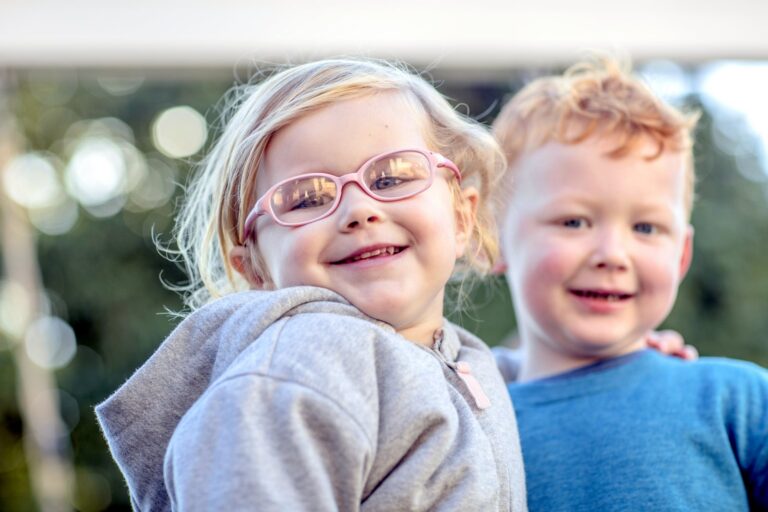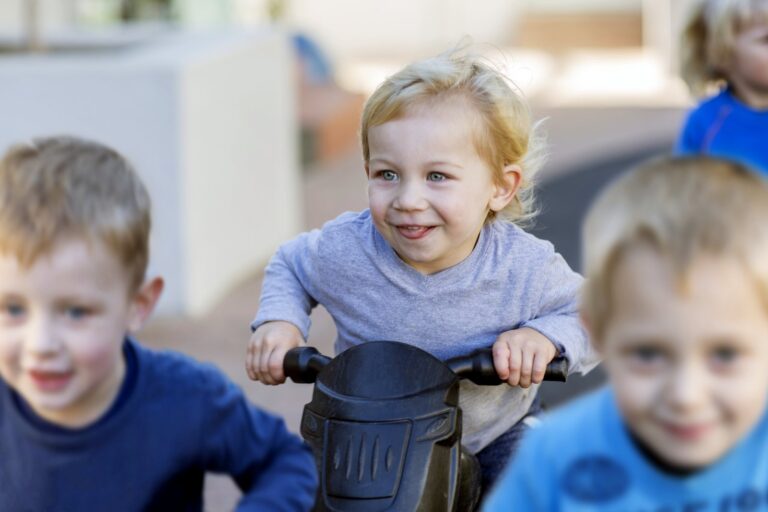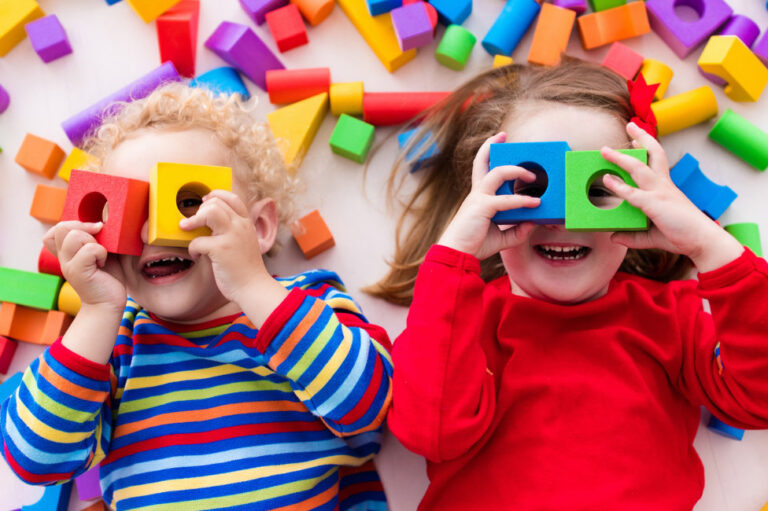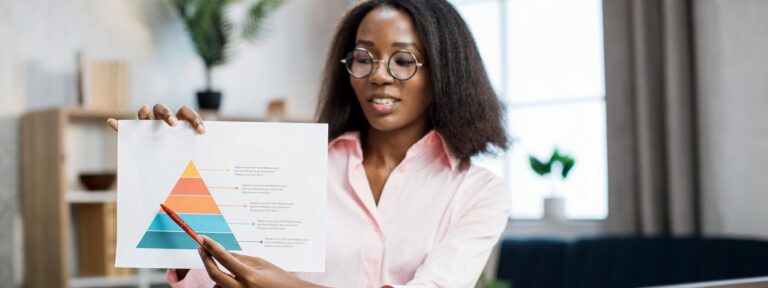Video
Sense of Taste (Mouth)
If you find that your child is reluctant to put things in his mouth, picky feeder etc, try the following:
- Deep-pressure massage with your finger on the lips, tongue and palate – link to video demonstration
- Opportunities to try lots of different foods
- Fun sucking on blowing activities e.g. blowing bubbles, balloons, respiratory toys.
- Use the Oral Massage programme – more information about this sensory programme is available in the Resources section.
If you find that your child is eager to put a lot of things in his mouth; including non-food items, do the following:
- Use an electric toothbrush firmly on the tongue and palate i.e. roof of the mouth
- Encourage a variety of food textures and tastes e.g. eating a lemon, peppermint, salty and spicy foods.
- Use the Oral Massage programme – please see the Resources section for more information about this sensory programme.

